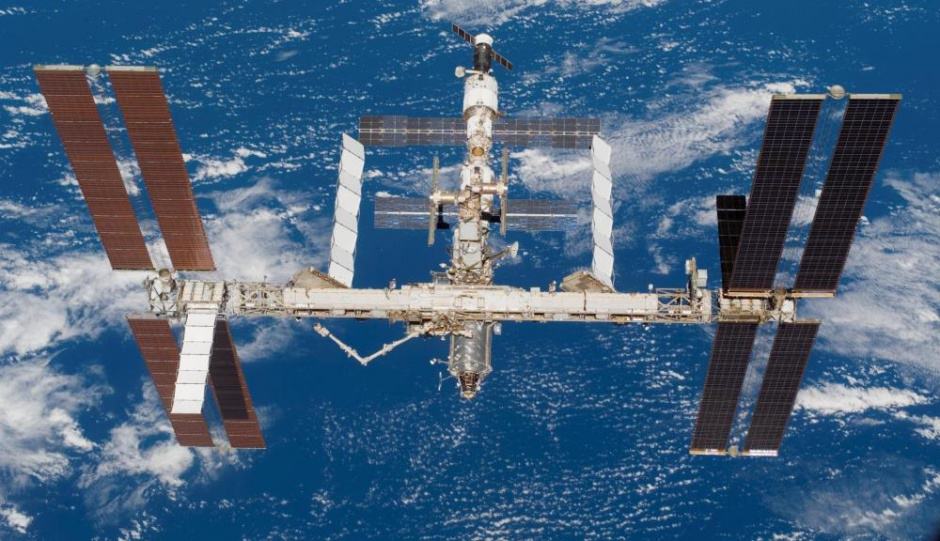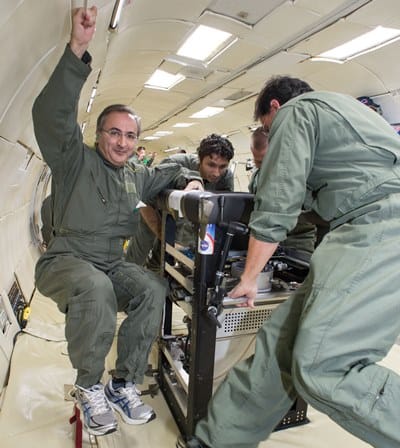Innovative spacecraft cooling technology designed to help keep astronauts cool on long missions has been successfully trialled aboard the International Space Station (ISS).

Developed by engineers at Worcester Polytechnic Institute (WPI) in Massachusetts the system uses electrically charged fluids to absorb and carry heat away from electronics and other heat-generating equipment.
With no moving parts, the technology’s simplicity and reliability make it an attractive option for long-duration space missions that will take astronauts far from the security of their home planet. The research is paving the way for an orbital test of a more complex version of the cooling system in 2021.
Based on electrohydrodynamics (EHD), the technology uses electrically charged fluids that continuously circulate through tiny tubes in the cooling system, absorbing and carrying heat away from its source.
Its developers claim that unlike current mechanical cooling systems it creates no noise or vibrations and requires minimal electric power to operate.
Prof Jamal Yagoobi, head of the Department of Mechanical Engineering at WPI and principal investigator for the NASA-supported research, said a primary goal of the current experiment was to demonstrate that the system can function well in zero gravity conditions over a long duration. The experiment, launched aboard the SpaceX Dragon SpX-10 commercial resupply craft in February 2017, will continue to operate on the ISS until August 2018.
Prof Yagoobi said: “This is the first time ever for this type of cooling pump technology in space, and the outcome has been very positive. This positions us well for the next phase of the work.”

The team is now working on another, more complex experiment that’s scheduled to launch to the orbiting station in 2021. This more advanced system will use a two-phase, non-mechanical EHD pumping system with a condenser section and a boiling section. The condensed liquid film is electrohydrodynamically pumped toward the heat source, where it boils.
The bubbles generated during the boiling are extracted by another EHD mechanism in the absence of gravity, carrying heat away from the heat source. The liquid is then condensed and pumped back to the heat source.
Yagoobi added that the development of advanced spacecraft cooling technology will be critical for the future of space exploration. “When you’re in space, you can’t open the window and let the cold air come in and cool you off. As we move forward, a lot of electronics will be jammed into a very small area in a spacecraft or in a satellite. We’re going to use a lot more advanced electronics and produce a lot more heat. That’s why we need to develop this technology.”




Nanogenerator consumes CO2 to generate electricity
Whoopee, they've solved how to keep a light on but not a lot else.